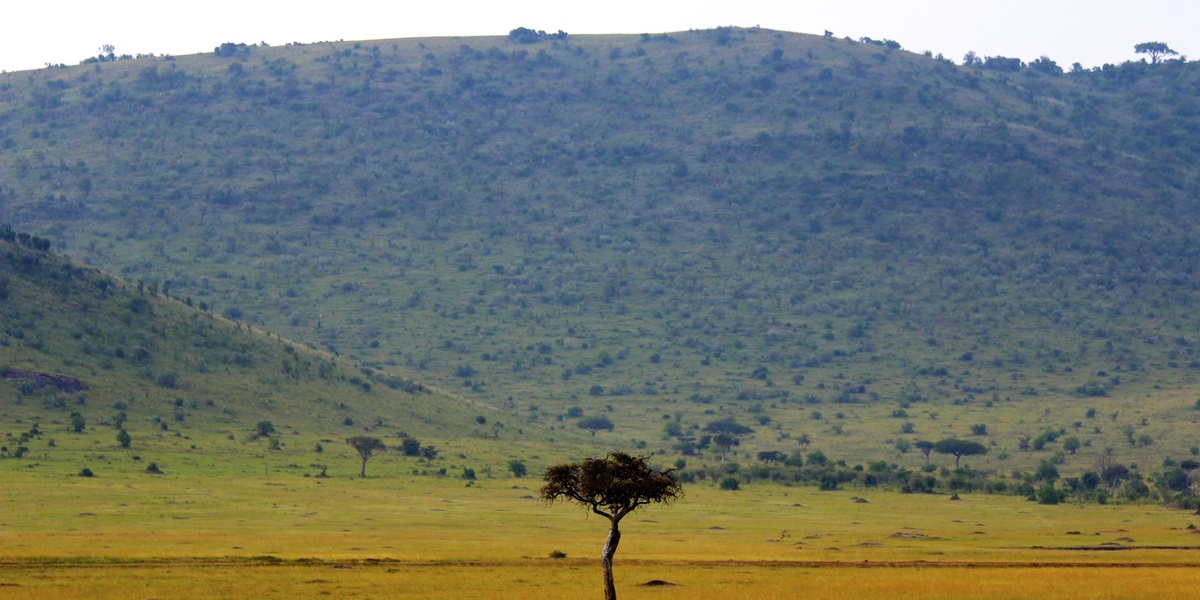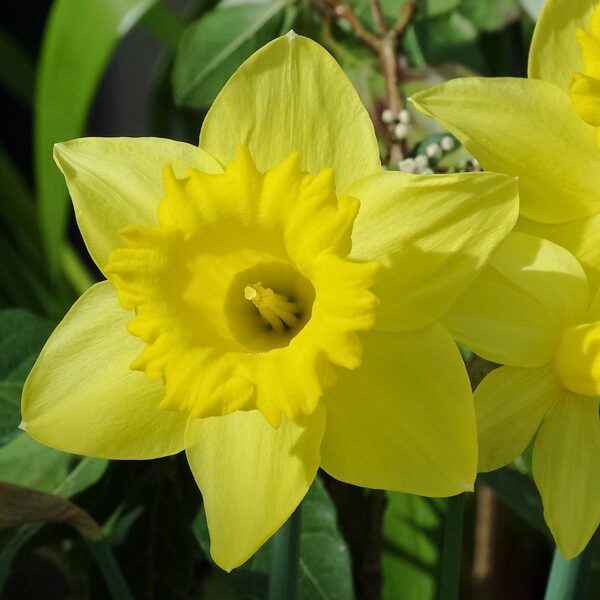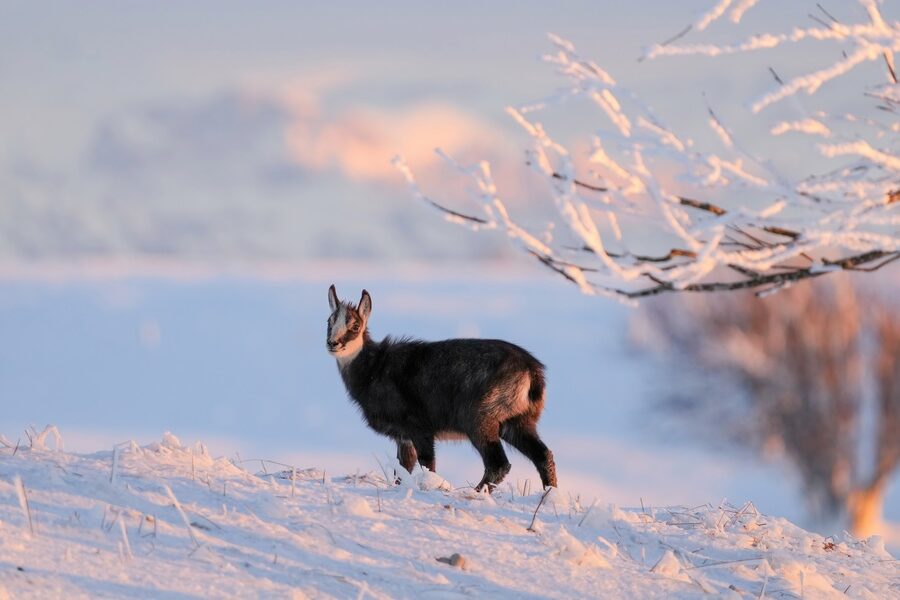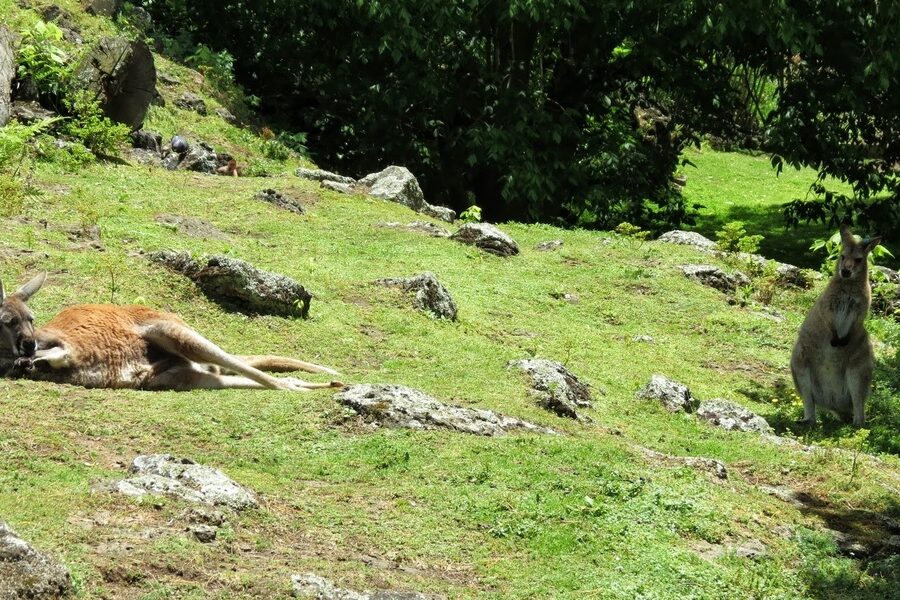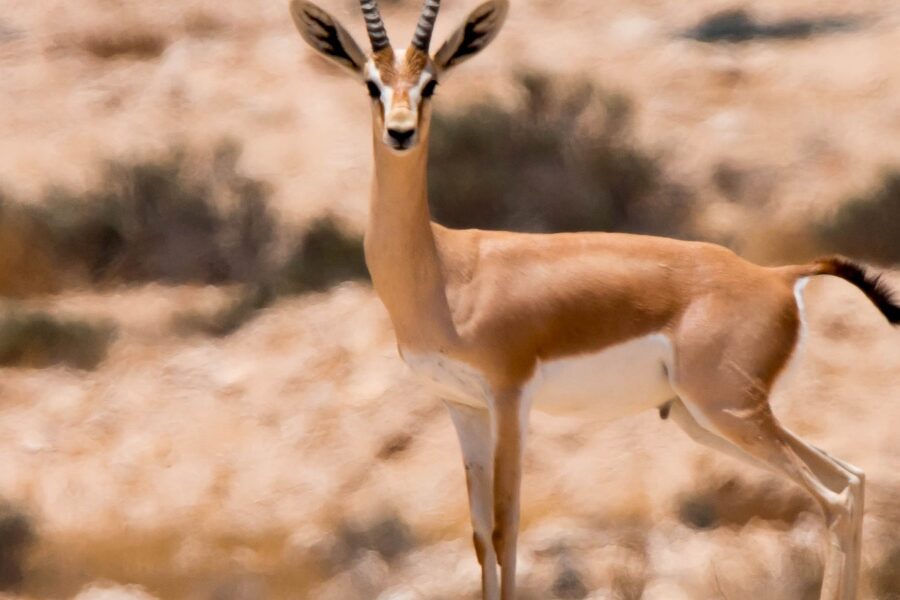15 Examples of the Diverse Flora of Kenya
Mist rolls off Mount Kenya at dawn, clinging to the broad leaves of giant rosettes while below, lowland mangrove creeks retreat at low tide, exposing tangled roots and mud crabs. Those two images — afro-alpine giants and coastal thickets — hint at why botanists from late 19th-century expeditions stayed and kept coming back: Kenya spans about 580,367 km² and, despite its size, supports roughly 6,000 vascular plant species, with several hundred endemics concentrated on mountain “islands” and rare coastal pockets.
Yet many useful plants remain understudied or threatened by logging, development, and climate change. This piece profiles 15 representative trees and plant groups across four themes — native forests, savannas and grasslands, medicinal and economic species, and endemic alpine/coastal specialists — explaining what each does for people and wildlife and noting conservation status where relevant.
Iconic Native Trees and Forest Species
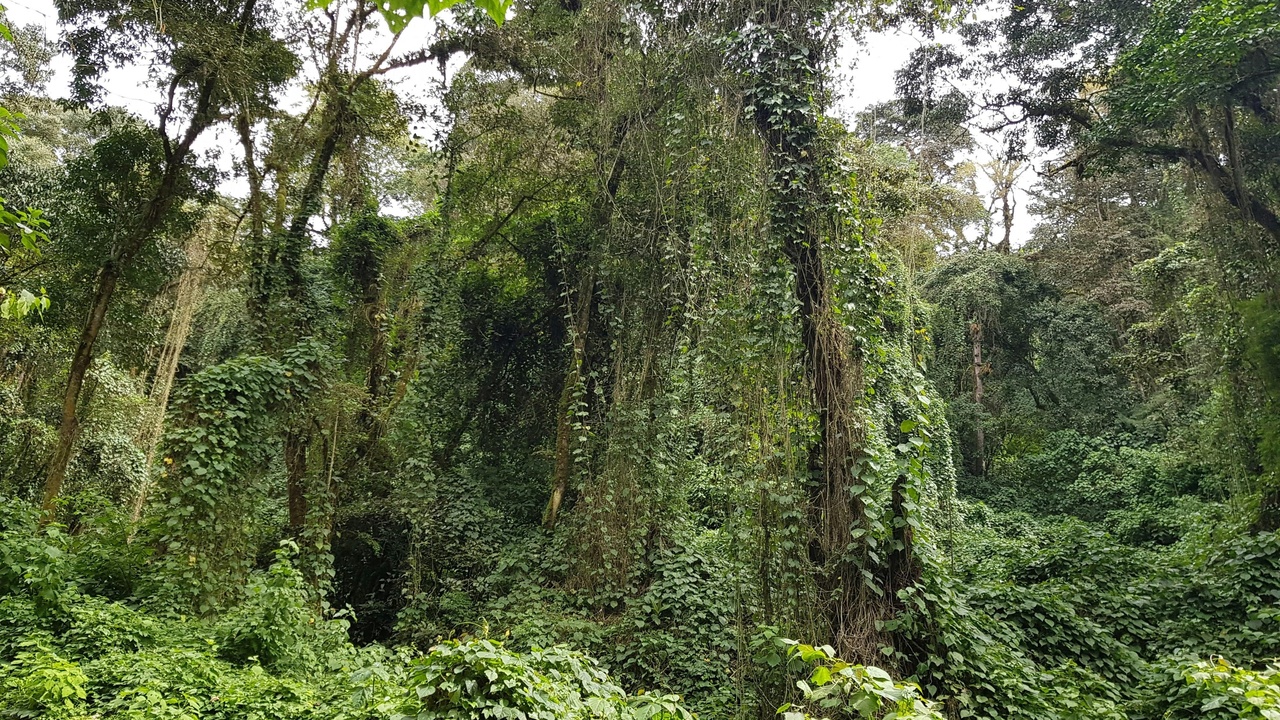
Native trees form the backbone of Kenya’s montane and lowland forests: they regulate water catchments, create microclimates for understory species, and provide timber and non-timber products to local communities. More than 50 protected areas and numerous sacred groves still harbor these species (institutions such as Kew Gardens, the IUCN and the Kenya Wildlife Service document many of them), but pressure from fuelwood collection and land conversion remains real.
1. African Juniper (Juniperus procera)
Juniperus procera is a characteristic Afromontane conifer on Mount Kenya and the Aberdare Range, usually found between roughly 1,800 and 3,200 m elevation where it helps form cloud-forest belts. Those juniper stands intercept moisture and play an outsized role in protecting headwater streams and local water supplies.
Locally, juniper timber is used for house posts and traditional construction and sometimes burned as fuel, though the wood is valued enough that overharvesting occurs near settlements. On Mount Kenya and in the Aberdares you can still see distinct juniper belts on the slopes marking that species’ preferred zone.
Conservation concerns center on logging and fire; the IUCN and regional forest surveys note fragmentation in parts of its range, and management in forest reserves aims to limit extraction and encourage regeneration.
2. Podocarpus (Yellowwood) — montane conifer
Podocarpus species, often called yellowwoods, occur in moist montane forests and are notable for slow growth and dense, fine-grained timber prized for furniture and joinery. They frequently form part of the canopy in highland forest patches and host numerous epiphytes and lichens.
Because yellowwoods regenerate slowly, historic demand for timber has pressured some local populations. Reforestation efforts in Kenyan highlands and small-scale planting in forest reserves are aimed at restoring canopy cover and reducing pressure on wild stands.
3. Strangler Figs (Ficus spp.) — keystone forest trees
Ficus species act as keystone trees across Kenyan forests because many birds and mammals depend on their asynchronous, year‑round fruiting. A single fig species can sustain frugivores during lean seasons when other fruits are scarce.
Farmers use figs in agroforestry and as shade trees at homesteads; Ficus thonningii, for example, is commonly grown for fodder and shade. In some communities, fig groves are also culturally significant and protected as sacred sites, which helps preserve corridors of biodiversity.
4. Coastal and Lowland Forest Trees — e.g., Milicia and Terminalia species
Coastal lowland forests host species such as Milicia excelsa (similar in habit to the West African Iroko) and various Terminalia trees, supporting unique assemblages with locally endemic plants. These forests provide erosion control, timber, fruits and medicinal products important to nearby communities.
Kenyan coastal forests are highly fragmented — pockets like the Gede Ruins forest near Malindi are islands of biodiversity. Community forest initiatives and coastal forest reserves are practical responses that combine local livelihoods with protection.
Savanna and Grassland Plants
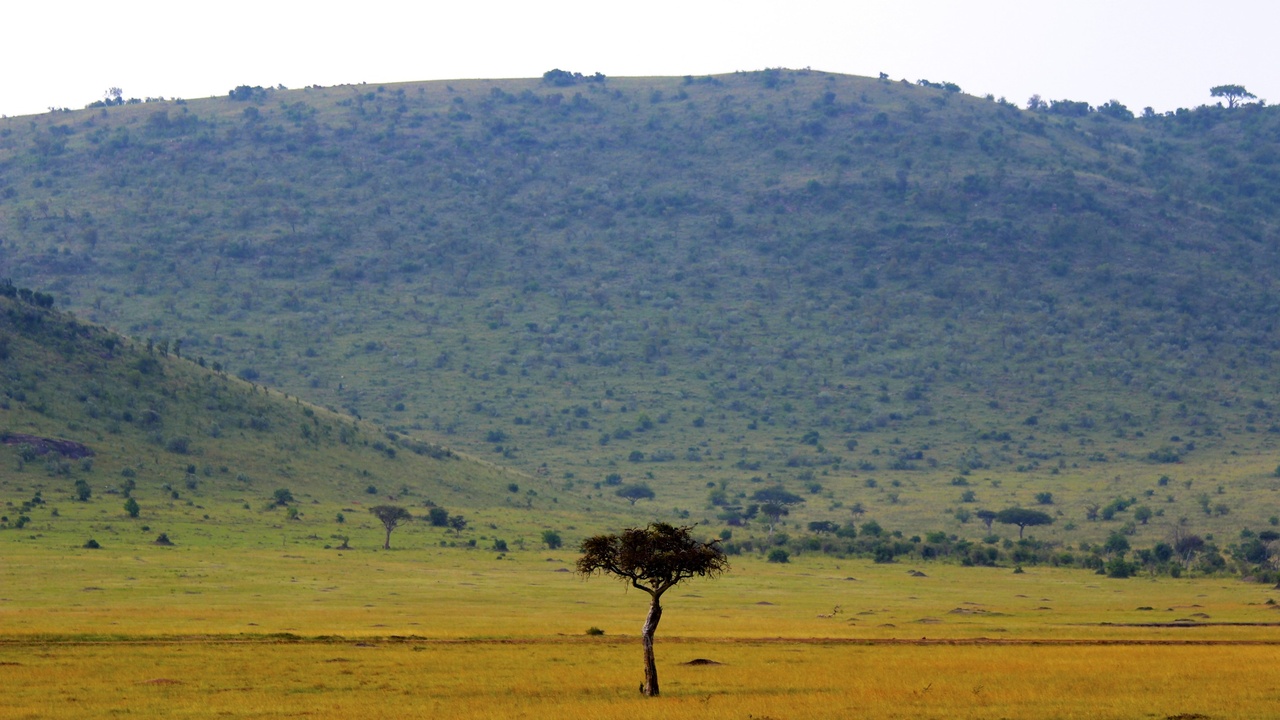
Kenya’s savannas and grasslands are the nation’s iconic open landscapes, adapted to seasonal drought, grazing and fire. Plants here support pastoral livelihoods and charismatic wildlife but also face management challenges like overgrazing and invasive species. Many species show striking drought adaptations: deep roots, spines, succulent tissues, or fire-tolerant regrowth.
5. Acacia (Vachellia/Senegalia) — savanna canopy and forage
Common savanna acacias — for example Vachellia tortilis and V. drepanolobium — form the backbone of many East African rangelands, providing shade and forage. Their thorns and mutualisms with ants are classic defenses that reduce browsing damage and shape animal-plant interactions.
Pastoralists rely on acacias for fodder and shade during dry spells, and people harvest bark and gums for traditional uses. In places like Amboseli and Laikipia, overbrowsing and land-use change can shift the balance between trees and grasses, affecting wildlife and livestock productivity.
6. Baobab (Adansonia digitata) — drought-resilient giant
Adansonia digitata is instantly recognizable for its massive water-storing trunk and longevity — some baobabs live for centuries and grow to enormous girths. The species is well adapted to arid lowlands where it acts as a living reservoir during drought.
People harvest baobab fruit pulp commercially for its high vitamin C content, and communities process it into powders, jams and drinks. Baobabs also serve as meeting points and cultural landmarks, though ageing trees and climate impacts raise local conservation concerns.
7. Elephant Grass (Pennisetum purpureum) and other forage grasses
Elephant grass (Pennisetum purpureum) is a high‑biomass fodder grass widely used in cut‑and‑carry systems and for soil protection. It outproduces many native grasses under favorable conditions, which benefits smallholder dairies but can alter local plant communities if it spreads unchecked.
Farmers use it for silage, fodder and erosion control on slopes, and agricultural-extension trials in Kenya document its role in boosting milk yields. The trade-off is potential invasiveness in some landscapes, so managed planting and containment are important.
8. Aloe species — adaptive succulents with commercial uses
Several Kenyan aloe species (such as Aloe secundiflora) thrive on dry slopes and rocky outcrops, storing water in thick leaves and tolerating extended drought. Traditionally, people use aloe sap for wound care and topical remedies.
Today small-scale aloe farming supplies cosmetic and skincare markets, and community projects cultivate aloes to reduce pressure on wild stands. Overharvesting wild populations has prompted cultivation initiatives that provide income while conserving native populations.
Medicinal, Cultural and Economic Plants
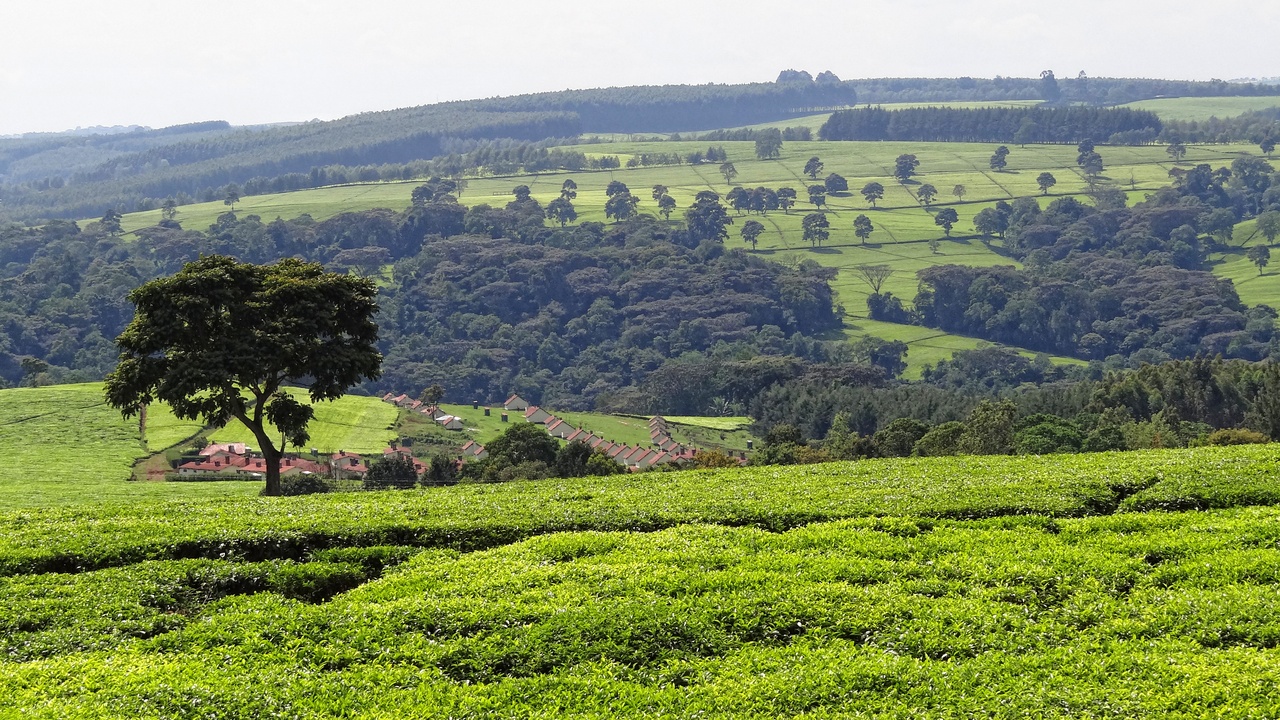
Plants underpin livelihoods, health and identity across Kenya. Large-scale crops like tea drive exports and employment, while wild-harvested medicinal species supply traditional healers and pharmaceutical pipelines. Governance — from cooperatives to IUCN listings — shapes how benefits are shared and whether harvesting is sustainable.
9. Tea (Camellia sinensis) — Kenya’s export crop
Tea is one of Kenya’s major agricultural exports and a pillar of rural employment; the country is regularly among the world’s top three black‑tea exporters. Much production is smallholder-based, organized through entities like the Kenya Tea Development Agency (KTDA), which links farmers to processing and auction markets in Mombasa.
Tea supports hundreds of thousands of livelihoods and local processing jobs, but growers face yield variability tied to climate shifts. Practices such as soil conservation, integrating shade trees, and crop diversification are common sustainability responses.
10. Sisal (Agave sisalana) — fiber agriculture
Sisal is a hardy fiber crop historically important along Kenya’s coast for ropes, sacks and coarse textiles. The fiber’s durability makes it useful in artisanal crafts and emerging applications like natural geotextiles and eco-friendly packaging.
Coastal communities host smallholder sisal producers and processing cooperatives that add value through handicrafts and export products. Market shifts have pushed some producers toward niche, value‑added goods to sustain incomes.
11. Prunus africana — medicinal bark and conservation conflict
Prunus africana’s bark contains compounds used in treatments for benign prostatic hyperplasia, and international demand has historically driven heavy bark harvesting. That trade prompted IUCN attention and tighter regulations because indiscriminate stripping can kill trees.
The result is a classic tension: collectors earn income from wild bark sales while populations decline. Solutions include regulated harvesting, community management plans, and cultivation projects that supply pharmaceutical demand without draining wild populations.
12. Warburgia ugandensis (East African greenheart) and other traditional herbs
Warburgia ugandensis and similar woody medicinal species are used for fever, respiratory symptoms and general wound care in traditional medicine. Local healers prize these trees, and ethnobotanical research at Kenyan universities has identified bioactive compounds of pharmacological interest.
Because demand can outstrip supply, communities increasingly cultivate medicinal species in home gardens and on degraded land — a practical way to combine healthcare needs with conservation.
Endemic, Alpine and Rare Species
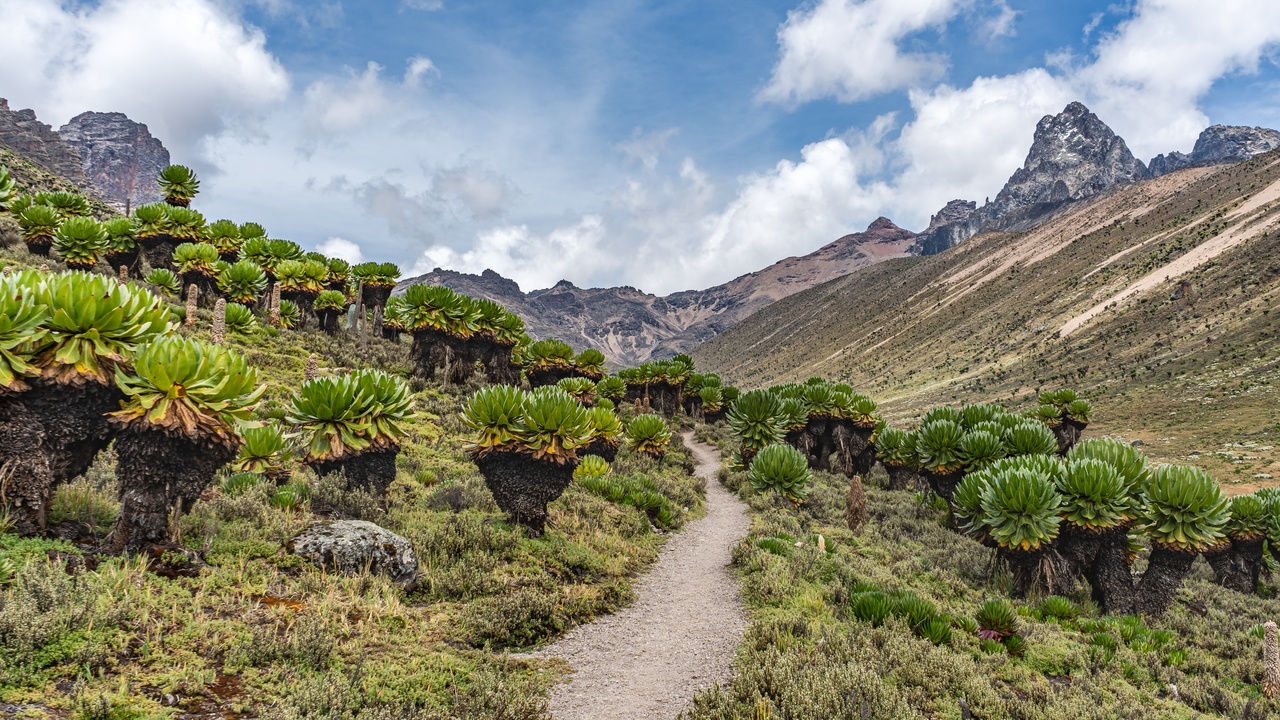
The flora of Kenya’s high mountains and coastal enclaves includes many range‑restricted species shaped by isolation and extreme environments. Afro‑alpine zones on peaks like Mount Kenya (5,199 m) act as ‘sky islands’ where specialized plants evolved; that isolation makes them especially vulnerable to warming and shifts in precipitation patterns.
13. Giant Lobelia (Lobelia deckenii) — afro-alpine specialist
Lobelia deckenii is a striking rosette plant of the afro‑alpine belt on Mount Kenya, found near the upper slopes where nightly freezes and daytime sun produce a harsh climate. These giants capture and retain moisture around their rosettes and are emblematic of high‑elevation plant life.
Giant lobelias attract scientific attention because their life forms illustrate adaptations to freezing and desiccation; they’re also vulnerable to warming temperatures that could push suitable habitat upslope and shrink population sizes.
14. Giant Groundsel (Dendrosenecio keniodendron) — another afro-alpine endemic
Dendrosenecio keniodendron looks tree‑like despite belonging to the groundsel group and is native to Mount Kenya’s alpine zone. Its limited range and dramatic form make it an icon for mountain tourists and ecologists alike.
Giant groundsels play structural roles in alpine plant communities and serve as visible indicators for climate-driven range shifts; comparisons with similar species on Kilimanjaro and the Rwenzori help scientists track regional responses to warming.
15. Coastal Mangroves and Dune Plants — Rhizophora and Avicennia species
Mangrove species such as Rhizophora mucronata and Avicennia marina dominate Kenyan creeks and bays, providing shoreline protection and nursery habitat for fish and crustaceans. Mangroves also sequester significant amounts of carbon and support artisanal fisheries.
Threats include clearing for development, pollution and conversion to aquaculture, but community-based restoration projects near Lamu and Mombasa have had measurable success replanting mangroves and restoring fisheries services.
Summary
- Kenya supports about 6,000 vascular plant species across 580,367 km², from afro‑alpine specialists on Mount Kenya (5,199 m) to coastal mangroves that protect shorelines.
- Native trees and forests (Juniperus, Podocarpus, figs) regulate watersheds, store carbon and hold cultural value; savanna plants (Vachellia, baobab, elephant grass) sustain pastoralism and wildlife but need careful management.
- Economic and medicinal plants — tea, sisal, Prunus africana and Warburgia — link livelihoods to both global markets and local healthcare, creating governance challenges that community management and cultivation can address.
- High endemism in afro‑alpine zones and the coastal fringe makes certain species particularly climate‑sensitive; active conservation measures include protected areas, restoration projects and cultivation to relieve wild harvesting pressure.
- Support local initiatives: visit protected areas responsibly, back community-led restoration and cultivation projects, and engage with botanically focused ecotourism or citizen science to help monitor and conserve Kenya’s remarkable plant diversity.
